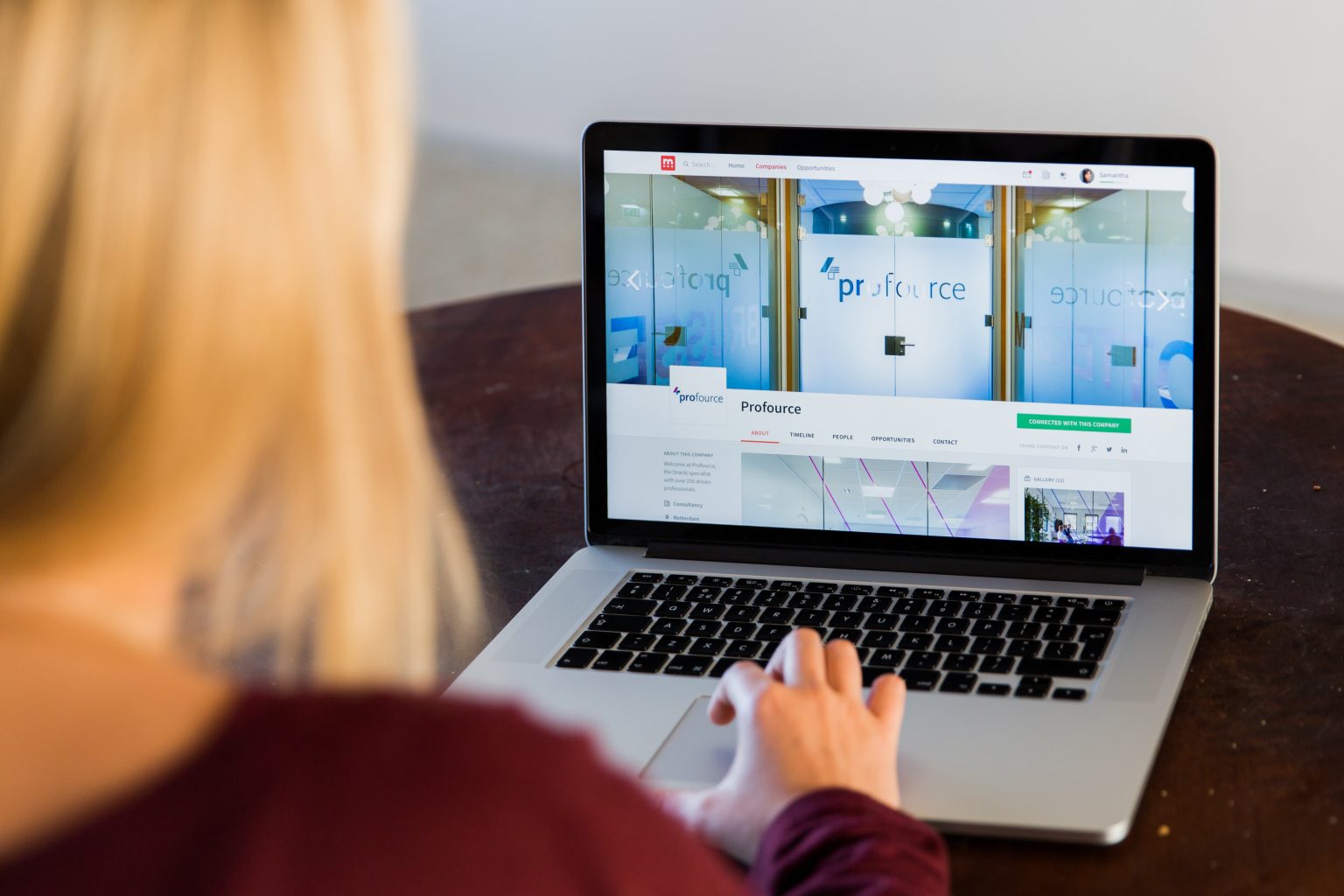- Blog
- February 8, 2021
Tips for Managing Remote Employees

In October 2020, data from the Office for National Statistics continues to show an increase in the number of people working from home in the UK, from 21% to 24%.[1]
This rise can likely be attributed to stricter lockdown restrictions put in place as a result of the Covid-19 pandemic.
However, even before people were compelled to work from home, the trend for deskless offices was already gathering momentum in the UK.
Over the last two decades, more and more people have started adopting a flexible working setup.
This relatively new approach to work has been found to increase motivation, improve engagement, promote equality, boost diversity and promote inclusion.
Working remotely brings new challenges
While this may be a novel style of working for most, it’s already commonplace for deskless workers, such as field technicians, home healthcare providers and delivery workers who are always on the move.
Despite the myriad of benefits remote working brings, there are still a number of challenges that need to be addressed.
One study on the impact of flexible working, found that 25% of remote workers have fewer discussions about their career path, often miss out on office celebrations and water cooler chats, and generally struggle with staying in the loop.[2]
To avoid this disconnection, it’s important that managers reconsider how they will manage and support their people remotely.
So, what steps can be taken to ensure remote team’s needs are still being met?
1. Ensure remote working is the right fit
First and foremost, managers need to understand and accept that not everyone is suited to remote working.
Some people may find self-motivation a challenge, while others may pine for the office environment and the close proximity to their colleagues.
Therefore, it’s important that leaders communicate clearly and actively listen to their people to ensure that their opinion is taken on board and that they have some degree of influence over the situation.
Expectations from both sides should be clearly outlined so that everyone is on the same page and your teams don’t feel left adrift without direction.
2. Keep people connected in real-time
Technology plays a pivotal role in remote working, with the right platform colleagues are able to keep in touch, collaborate, access software tools online and deliver projects no matter the distance.
When it comes to managing, supporting and engaging with your employees it’s essential that you provide the right platform that enables your people to stay connected to their teams and managers in a meaningful way that ensures any issues that arise can be dealt with quickly before they escalate.
A single inclusive platform, such as Trickle, enables you to give your people a voice so that they are able to openly raise issues, make suggestions and reach out to you in real-time.
Trickle shows you how your people are feeling and what matters most to them in that moment.
The open nature of Trickle means that your people are able to reach out and interact with you 24/7, instead of having to wait for a one-to-one meeting or a pulse survey to share their sentiment.
3. Don’t neglect recognition and appreciation
It’s natural for remote workers to feel left out sometimes but giving them credit where credit is due goes a long way.
Recognition and meaningful employee appreciation can quickly counteract feelings of demotivation, isolation, or disconnectedness.
A simple show of appreciation or praise for a job well done can provide a much-needed mood boost and encourage them to more actively offer peer-to-peer praise.
By acknowledging people’s hard work, managers can show their reportees that they are valued members of the organisation.
With Trickle’s ‘Fist Bump’ and ‘Shout Abouts’ features, both managers and employees can quickly and easily say “well done” to one and other or highlight a team or department for praise.
4. Prepare for burnout
Managers should always be alert to the risk of employee burnout, but particularly when their people are working from home.
Unlike an on-site work or in-office environment, employees don’t have the usual cues to signal the end of the workday, especially when they are working out of their home.
When these lines become blurred, it’s easy for people to chronically overwork, which can quickly lead to burnout.
It’s important that leaders communicate the importance of setting work boundaries, taking adequate breaks and check-in more often with their remote employees.
In the end, healthy and happy workers are key to a successful organisation.
To find out how Trickle can help you guide, support and motivate your remote workforce, click here to book a short 20-minute demo.
Alternatively you can trial Trickle absolutely free for 30-days, click here.
Content intended only for the use of trickle.works
Written by Trickle’s Dominique Adams and guest writer Allie Cooper.
Sources:
[1] https://www.theguardian.com/business/2020/oct/01/number-of-people-working-from-home-in-uk-rises-following-government-u-turn
[2] https://www.insurancebusinessmag.com/uk/business-strategy/our-new-study-takes-a-deeper-look-into-the-state-of-remote-work-93172.aspx